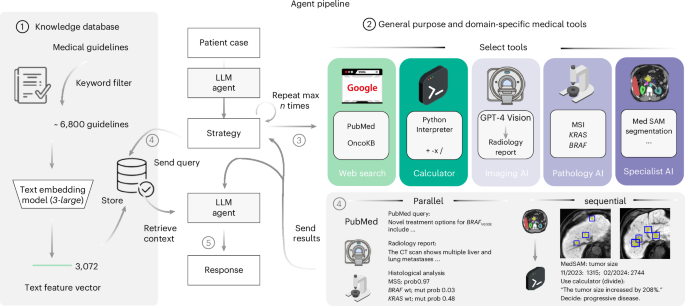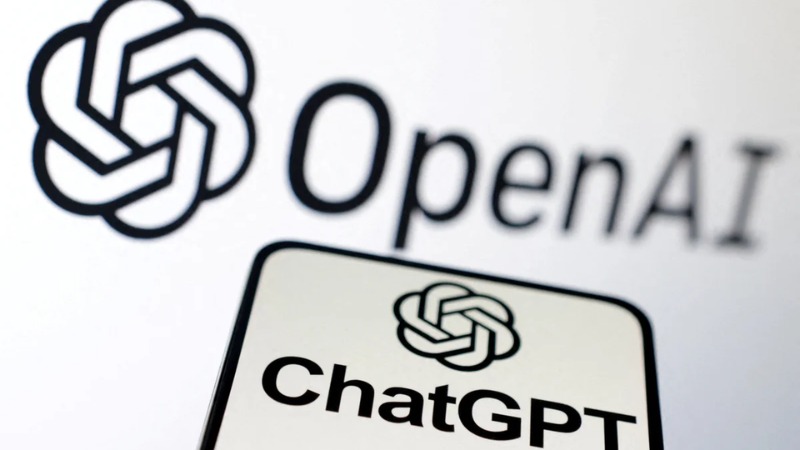In a comparison of AI chatbots Grok and ChatGPT, the author evaluates their performance across ten practical tasks, revealing distinct strengths. Grok, launched by Elon Musk’s xAI, offers a more casual, humorous tone and excels in tasks requiring speed and real-time insights, winning in summarization and file handling. In contrast, ChatGPT, developed by OpenAI, demonstrates superior capability in structured tasks, consistently delivering polished, accurate outputs in writing, coding, and data analysis.
ChatGPT outperformed Grok in areas like creative writing and image generation, showcasing its depth and versatility. The author notes that Grok’s strengths lie in quick responses and a witty approach but lacks the structural polish found in ChatGPT. Ultimately, the conclusion emphasizes that while ChatGPT is a more scalable, professional tool, Grok offers an engaging experience, suggesting that using both could be beneficial depending on the context.
Source link








